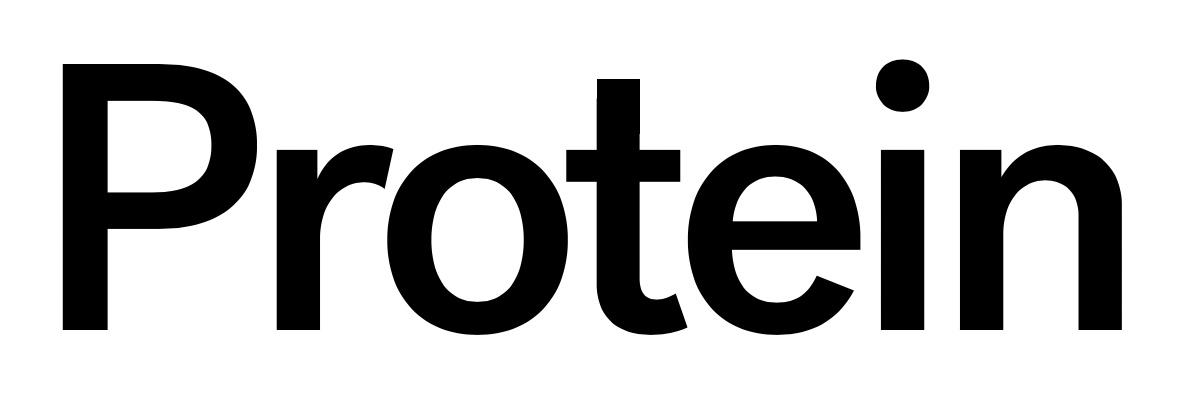Digital meets Events
http://www.liveunion.co.uk/ Last month‚Äôs Twestival saw users of Twitter creating events in over 200 cities around the world…
http://www.liveunion.co.uk/ Last month’s Twestival saw users of Twitter creating events in over 200 cities around the world to raise money for charity:water. This was the latest example of a real-world gathering for an online community, other examples include the many Flickr groups meeting in pubs every evening and last summer’s Facebook water fight – which became famous for all the wrong reasons. Brands are increasingly seeing the very natural way that live and digital activity go together, creating marketing platforms that combine these disciplines to engage consumers in entertaining ways. The brands that have led the way are, not surprisingly, the ones with an identifiable passion to share. Last summer Nike created The Human Race ‘one day, one race, one million runners’. This was a true live spectacle, the 10k race happening in twenty-five cities around the world. Its success was not just about people interacting with Nike in the live environment but in how the Nike+ digital platform enabled them to share their training runs, challenge other people and track their race. Innocent use digital channels to extend the experience, amplify the reach, and build relationships around their Village Fete. They have a fete website and a fete blog which builds anticipation and enables people to input into the organising of the event. They also use the fete as content for their weekly newsletter. In addition, they offer a useful fete finder tool so that people can upload information on their own local fete. A link from the blog and the website to Innocent’s Fete Flickr group encourages people to upload their photographs – there are 4,097 photos of the fete on Flickr. Innocent also create their own video of the fete and host it on Youtube alongside ones shot by other people. One of the most interesting content-based marketing platforms of recent years has been Orange RockCorps – people are encouraged to give up four hours of their time volunteering for a charity and in return receive tickets to a gig with a great line up at the Albert Hall (last year’s gig was headlined by Busta Rhymes) as well as other stuff. Orange RockCorps uses all the digital channels you’d expect, from a Twitter feed to a Last FM station but it is the one off – you had to be there - gig that drives this concept. In all of these examples live and digital are complementing each other in very natural ways; the live event creating a valuable experience that can’t be copied or replicated, the digital experiences extending the media reach and giving consumers interesting ways to interact with and share the content. From a strategic planning point of view these cross-platform ideas create interesting challenges; how can the disparate skill sets and individuals involved in organizing live experiences and digital experiences be coordinated to work together? How can these platforms be integrated with other channels such as PR and advertising? At Live Union we’re working with a number of digital agencies exploring exciting ways that live and digital activity can combine. Digital services such as embeddable video channel MUZU are creating ways for brands to extend the live experience. Sometimes the ideas are very simple, like Wishing Well, a website that encourages you to type your New Year wish, your wish is then printed on to one of the millions of pieces of confetti that falls on to revelers in Times Square on New Year’s Eve. So far, brands have only scratched the surface of what live experiences and digital experiences can achieve when cleverly combined together. But events like Twestival raise the specter of brand’s using their digital presence to give consumers far more input to their live experiences.



Discussion